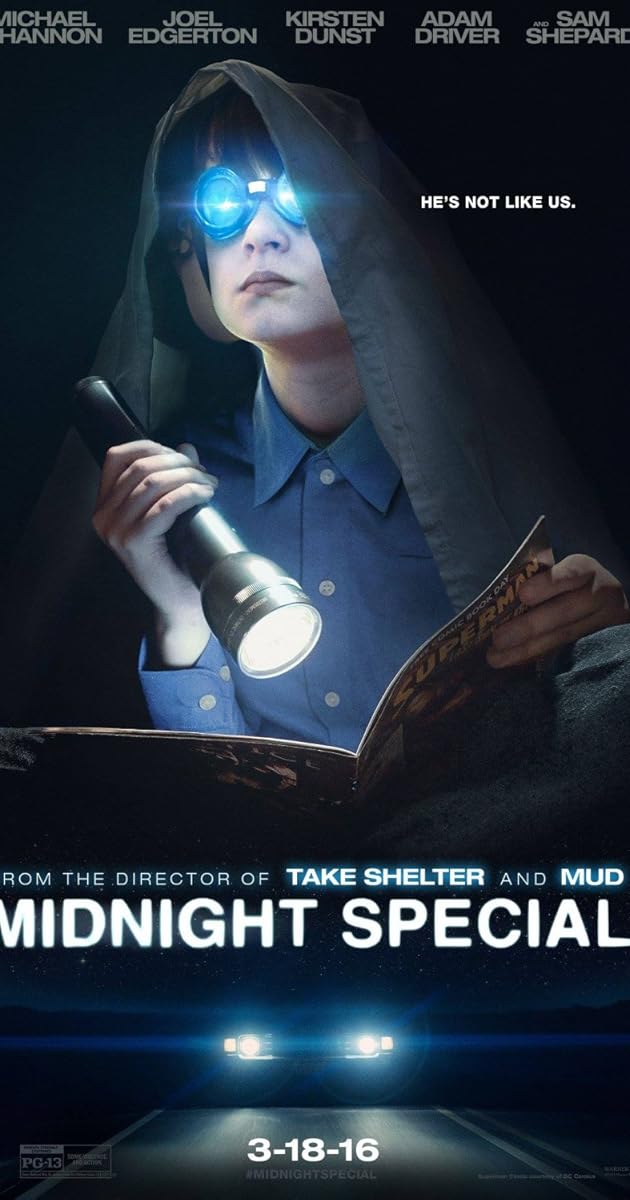I chose these two movies because they both share the same idea of a group of people being drawn to a specific location by an unusual force. One is a classic and the other is a little known film released just this year, but both excellently represent the scifi genre.
Close Encounters is one of a number of excellent sci-fi films to come out in 1977, and represents along with Star Wars an evolution in special effects. It also presents an interesting take on the genre. It is clearly a drama and not action heavy like its contemporary Star Wars. However, the feeling it gives goes beyond drama, it’s not quite a mystery and not quite a thriller, but it has elements of both.
Richard Dreyfuss plays a blue color electrician who has an encounter with what he believes is an Alien craft. His obsession over the craft and what it could possibly mean for him takes over and eventually drives his family away. He meets a young mother whose son was abducted by the Aliens and they end up travelling together to Devil’s tower in Wyoming. They just feel drawn there as if it is where they are meant to be.
A secondary story follows a French professor who has been tasked with understanding the strange encounters and trying to find a way to communicate with the Aliens. Combined the two stories tell us very little about the aliens or what their purpose might be. The whole films seems to be an exploration of our place and the universe and a search for our identity and purpose.
It’s a beautiful film and most definitely a classic. I’d get into more detail, but it’s a such a well known film that if you haven’t seen it yet you should just go watch as soon as you can.
Midnight Special is a modern film with a modern take on a similar idea. Whereas Close Encounters is an optimistic view about humanity’s place in the universe, which is kind of a reflection of the time in which it was made. The same can be said about Midnight Special in that our current time has a much more pessimistic idea of where humanity is and where it’s going.
While I believe that’s true, it doesn’t actually feel like a pessimistic film. It starts with a news report about a kidnapping only to see that the people watching it are the kidnapped child and the two men who kidnapped him in a hotel room. We quickly learn that one of the men is the boy’s birth father (Michael Shannon) and the other is his childhood friend (Joel Edgerton) and that they were taking him away from the cult.
It becomes clear that there is something very unique about the boy who is constantly wearing goggles. We also see that they block out all sunlight in their hotel rooms with cardboard. We learn bit by bit that the boy has some kind of unique ability, the nature of which is unclear, however he was prone to delivering strange messages that the cult he was stolen away from saw as gospel. This is why the cult leader had adopted him in order to keep him safe.
The Government was also after the boy as it seemed many of his revelations was actually just top secret military chatter. As the movie goes along we learn more and more about the extent of the boy’s powers. We meet his mother (Kirsten Dunst) and they are all headed to a set of coordinates that they were able to decipher from the strange messages that the young boy had given out.
It all culminates in members of the cult, the government and the outlaw family all converging on this one location. The cult members expecting some kind of religious experience, the government unsure of whether the boy’s powers were a danger to them or a weapon they could use. The mother and father just wonder if maybe the special boy they love belongs to something beyond them and their understanding.
A big criticism I’ve heard for this film is that the ending isn’t satisfying. That the payoff doesn’t live up to the rest of the film, but I think that’s the whole point of the film. That maybe there isn’t always a satisfying payoff. That there is something beyond our understanding. Where Close Encounters puts humanity at the center of a universal community, Midnight Special paints humanity as just a tiny piece of a much broader universe that we can’t come close to comprehending. Midnight Special remains one of my favorite films of the year.
Close Encounters of the Third Kind 8/10
Midnight Special 9/10

